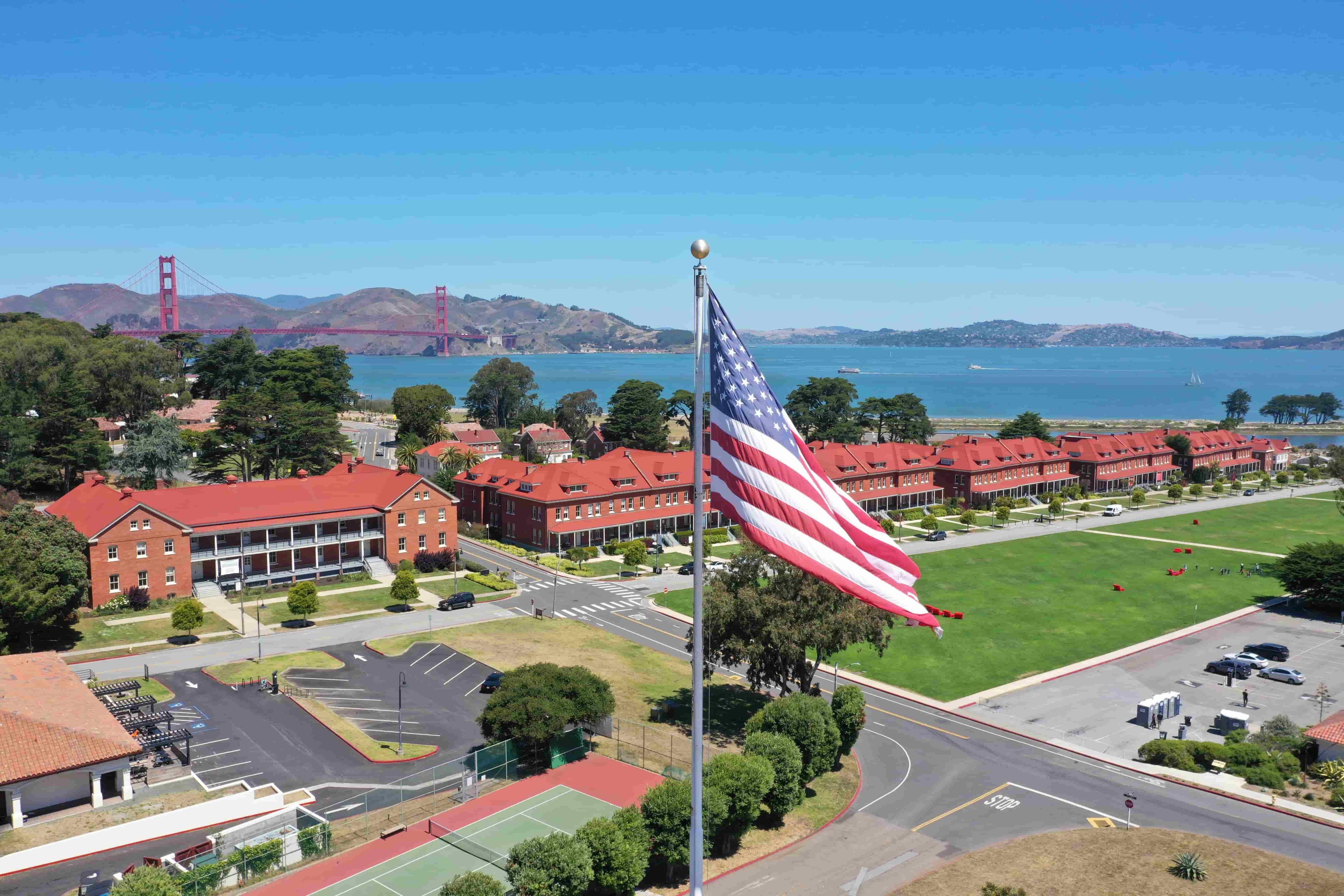Archaeologists Sift Through 200 Years in Officers' Club
Presidio of San Francisco (February 23, 2005) — Presidio archaeologists are combing through 200 years of Spanish, Mexican, and United States history inside the Officers’ Club on the Main Post to determine the actual age of the building.
The Presidio Officers’ Club is widely believed to be the second oldest building in San Francisco, just a few years younger than its colonial era contemporary, Mission Dolores. What remains unclear is exactly when the Officers’ Club was built and how much is left of the centuries old adobe.
Archaeologists hope to discover how the Officers’ Club may have withstood a swarm of strong earthquakes which shook San Francisco in 1808 and again in 1812 during the largest quake of the colonial period. The 1812 earthquakes destroyed the adjacent chapel and the shock was rumored to have generated a tsunami off the coast.
“It’s like peeling back layers of history,” says Presidio archaeologist Eric Blind, who is leading the effort. “We’re carefully removing and documenting the various layers applied by the U.S. Army during the past century and a half, while at the core we’re looking for evidence of the original construction undertaken by the Spanish colonists and Indian laborers.”
The original buildings from 1776 were hastily erected and did not stand very long. Sometime in 1779, a winter storm destroyed all the buildings of el Presidio, it is believed. The buildings were rebuilt as adobe structures with patch clay floors and thatched roofs. Buildings like the Officers’ Club were refitted and reconstructed many times in response to earthquakes and winter storms on the exposed peninsula.
When the U.S. Army came to the Presidio in 1846, it was altered by soldiers to suit their needs. By the 1880s, the building was mostly made of wood. The Officers’ Club has been modified several times through 1934, when the Army ‘restored’ it to more of a Mission style and incorporated more modern conveniences.
Excavations in the colorful Mesa room have proved fruitful. Painted stencils under the modern drywall have been revealed and a two concealed doorways have been found that once created a pass-through dividing the Mesa room into two chambers. Original adobe walls have been found to lie beneath the modern walls of the building.
The excavation site is open to the public during normal business hours.
